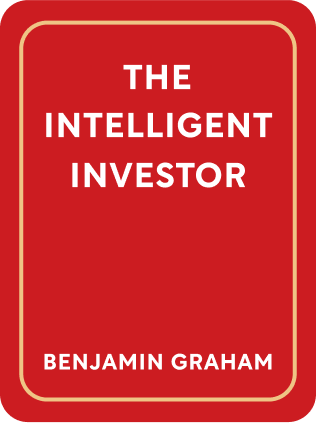

This article is an excerpt from the Shortform book guide to "The Intelligent Investor" by Benjamin Graham. Shortform has the world's best summaries and analyses of books you should be reading.
Like this article? Sign up for a free trial here .
What do you need to know about managing your own investment portfolio? How can you successfully manage your stocks?
Managing your own investment portfolio means treating your investments like a business. You are the manager of the business and need to treat your stock portfolio like you would a business you own.
Read more about managing your own investment portfolio.
Managing Your Own Investment Portfolio
When most people buy a share of stock in a company, they see it as an item of abstract value, rising and falling with the whims of the market. In turn, they see themselves as passive observers of a business, content to let management do whatever it thinks is best. But managing your own investment portfolio can have huge benefits.
Graham urges you to see a stock in a much more concrete way: as a piece of ownership in a real business. If you owned 100% of stock in a business, you’d see yourself as a business owner. Similarly, even if you own only 0.001% of a company, you should still see yourself a legitimate part-owner of a business. The CEO of the company works for you, and its board of directors answers to you.
As a business owner, you should actively monitor the business’s performance and the decisions of its management. If you are disappointed by this performance, you should actively demand that management do a better job. Should management continue to perform poorly, you should actively demand that current management be fired and new management be installed. You have a voting right in how the company is run, and you should see this duty nearly as important as voting in your national election.
Most individual investors do none of this. The majority of individual investors don’t vote in company proceedings. Graham was visibly disheartened by this indifference and urged investors to take stronger action.
(Shortform note: Since Graham’s times, “activist investors” have taken a larger role in steering companies. These are often investment firms that take sizable minority stakes—say, 1-10% of a company—and vocally demand certain directions by management. This is no substitute for an individual’s active involvement, but Graham might have seen these movements as directionally positive.)
Beyond general stewardship of a business, Graham focuses on one particular issue related to management duties: dividend payout policy.

———End of Preview———
Like what you just read? Read the rest of the world's best book summary and analysis of Benjamin Graham's "The Intelligent Investor" at Shortform .
Here's what you'll find in our full The Intelligent Investor summary :
- Key advice from what Warren Buffett considers the "best book about investing"
- The 2 major indicators you should use for evaluating stocks
- How you can use aggressive or defensive investing strategies






